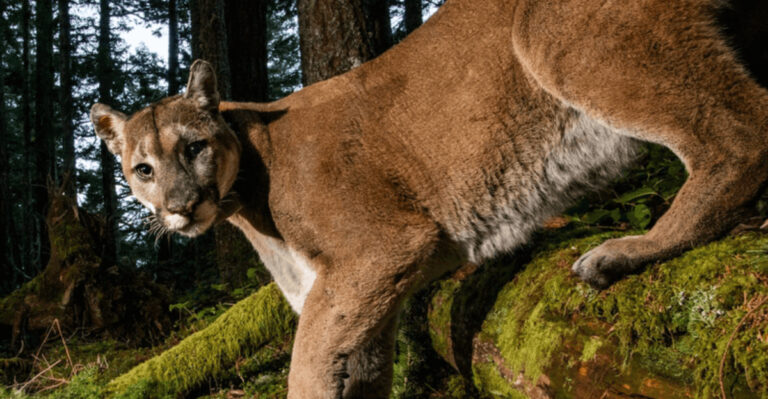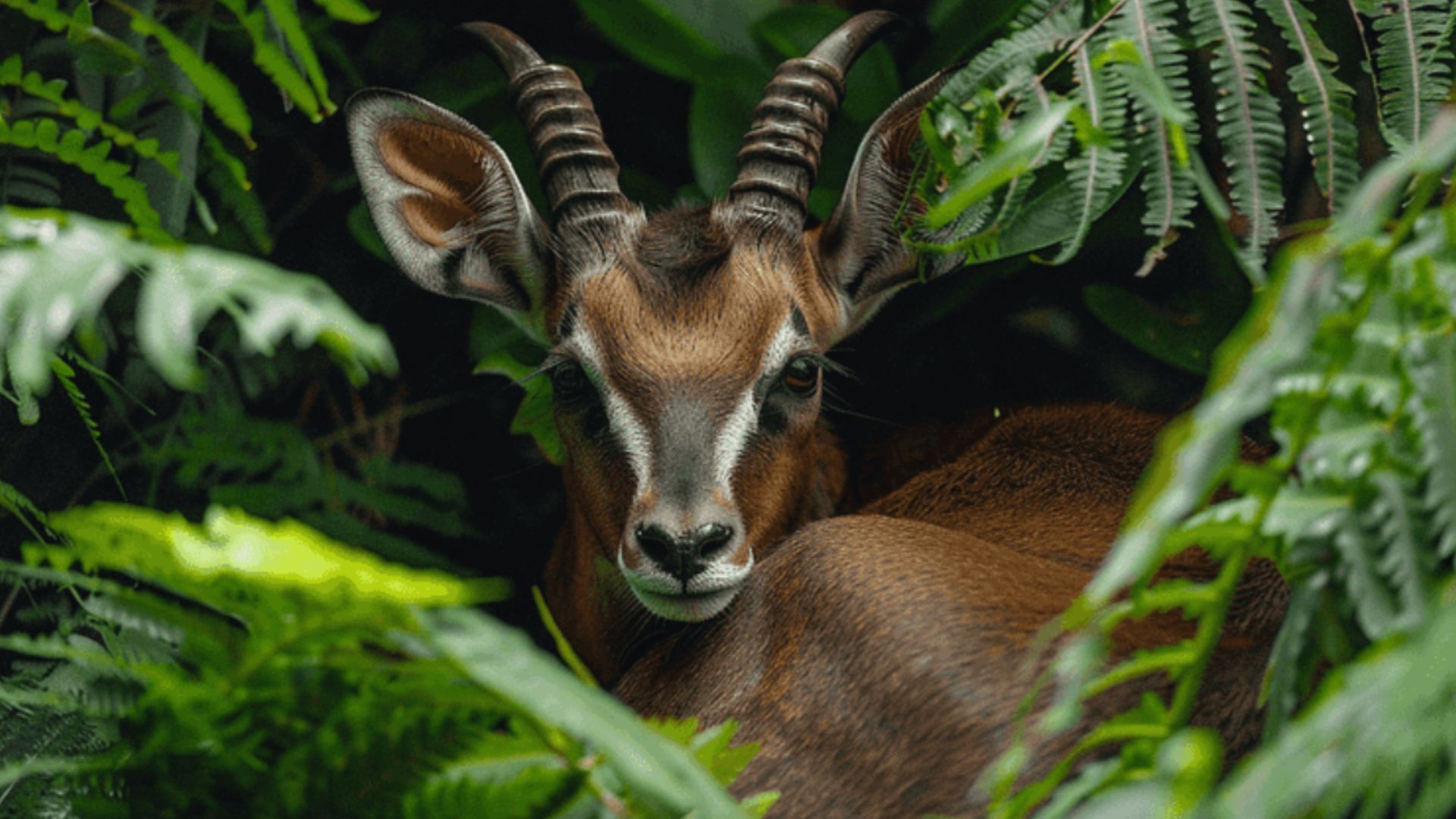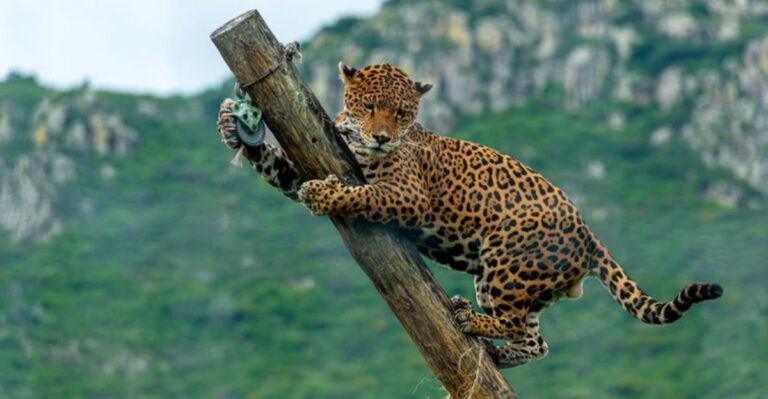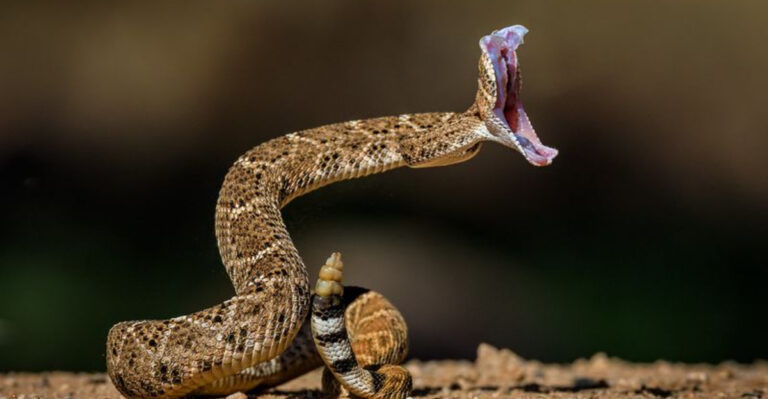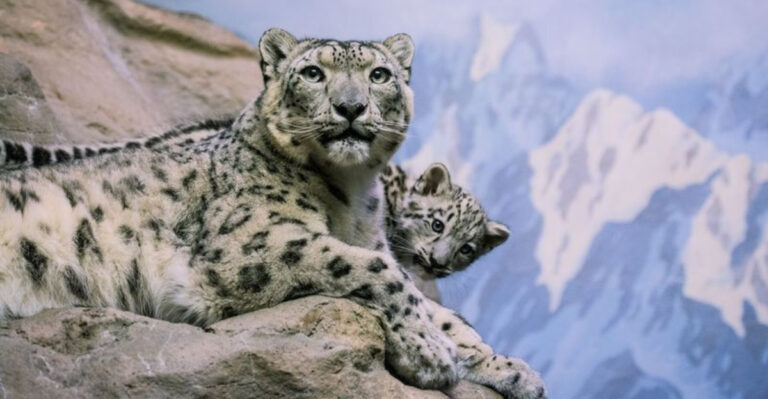The World’s Smallest Vertebrate Was Discovered – Smaller Than A Penny
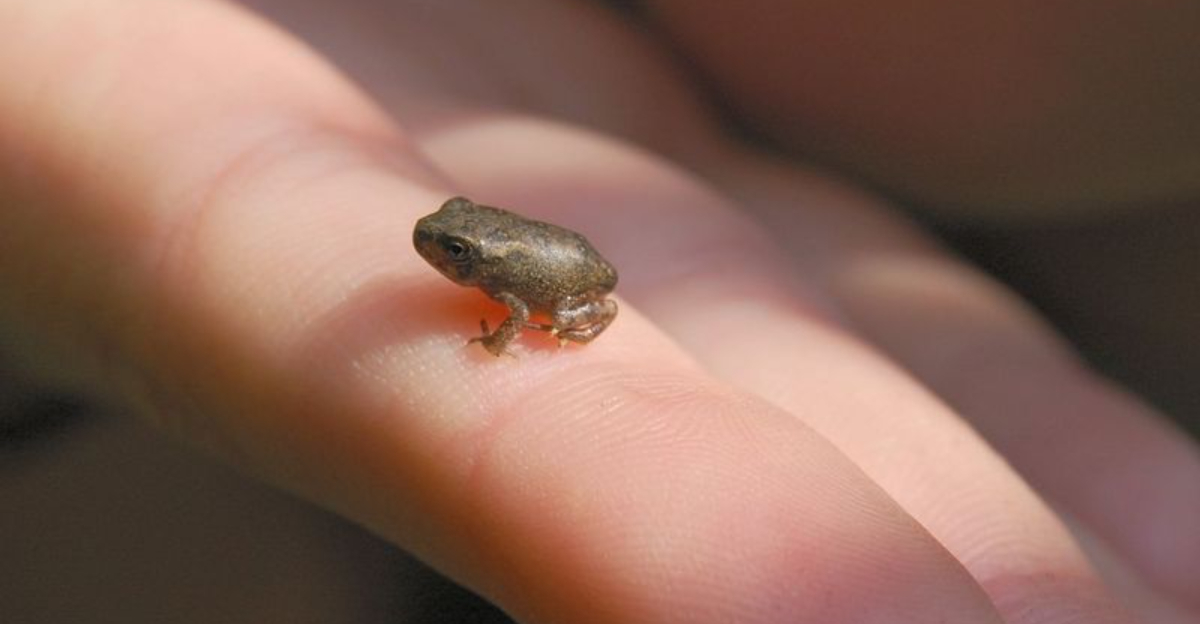
In the lush rainforests of Papua New Guinea, scientists made an extraordinary discovery that shocked the biological world.
They found Paedophryne amauensis, a frog so incredibly tiny it can fit on a dime with room to spare. This minuscule marvel, measuring just 7.7 millimeters, has officially claimed the title of world’s smallest vertebrate, challenging our understanding of how small complex life can actually be.
1. The Discovery Of The Tiny Vertebrate

In 2009, American researcher Christopher Austin and his team stumbled upon this miniature miracle while conducting fieldwork in Papua New Guinea.
They initially tracked the creature by its distinctive high-pitched call, which they mistook for an insect’s. The formal announcement in 2012 sent ripples through the scientific community, redefining size boundaries in the vertebrate world.
2. What Makes This Vertebrate The Smallest In The World?
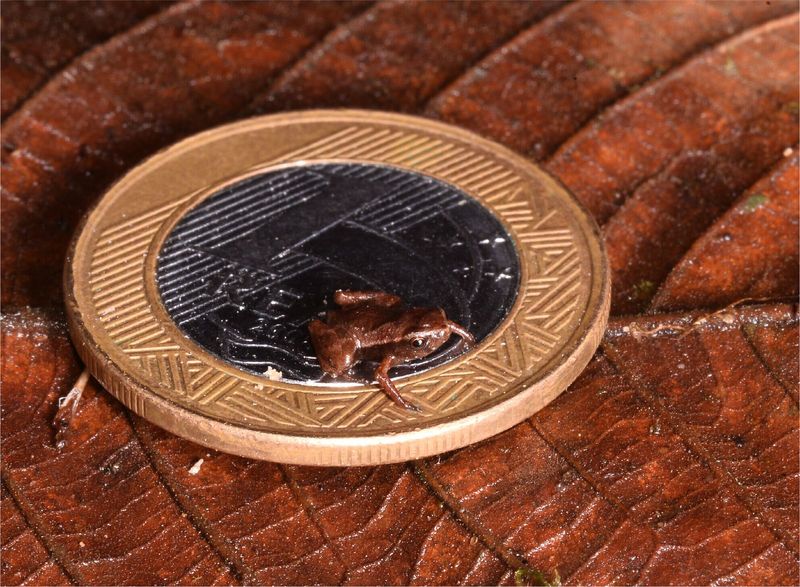
Measuring a mere 7.7 millimeters in length—smaller than many insects—Paedophryne amauensis holds the Guinness World Record for tiniest vertebrate.
For perspective, you could line up three of these frogs across a standard pencil eraser! Its closest competitor, a tiny Indonesian fish called Paedocypris progenetica, measures about 8 millimeters, making our frog the undisputed miniature champion.
3. Where Was This Tiny Vertebrate Found?
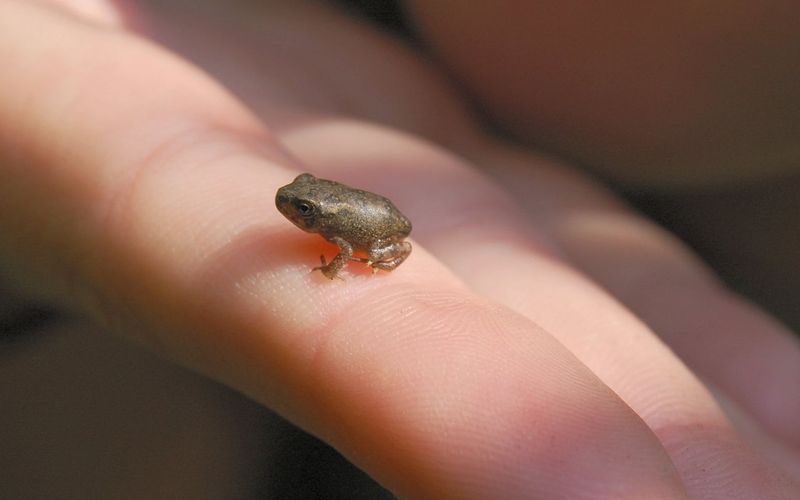
The leaf litter of Papua New Guinea’s tropical rainforests harbors this remarkable amphibian. Scientists discovered it near the villages of Amau and Totomena in the Central Province.
This remote, humid environment provides perfect camouflage for the brownish creature among decomposing leaves. Its discovery highlights how unexplored ecosystems may contain countless tiny marvels still awaiting scientific recognition.
4. How Did Researchers Identify The Smallest Vertebrate?
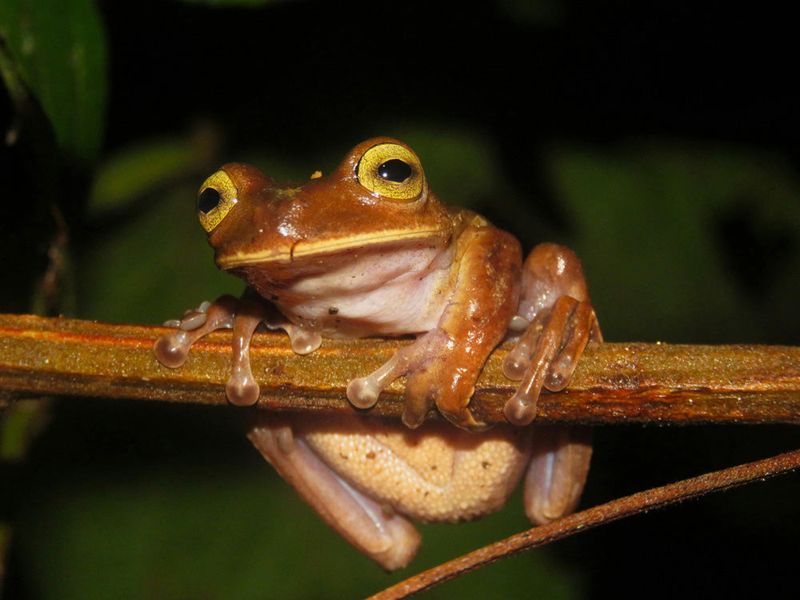
Catching these elusive creatures required innovative techniques! Researchers used plastic bags to scoop up handfuls of leaf litter, then carefully examined each sample on white sheets.
The frogs’ distinctive cricket-like calls, recorded and analyzed with specialized audio equipment, proved crucial for tracking them. DNA analysis ultimately confirmed they’d discovered not just a new species, but the world’s smallest vertebrate.
5. The Importance Of This Discovery To Science
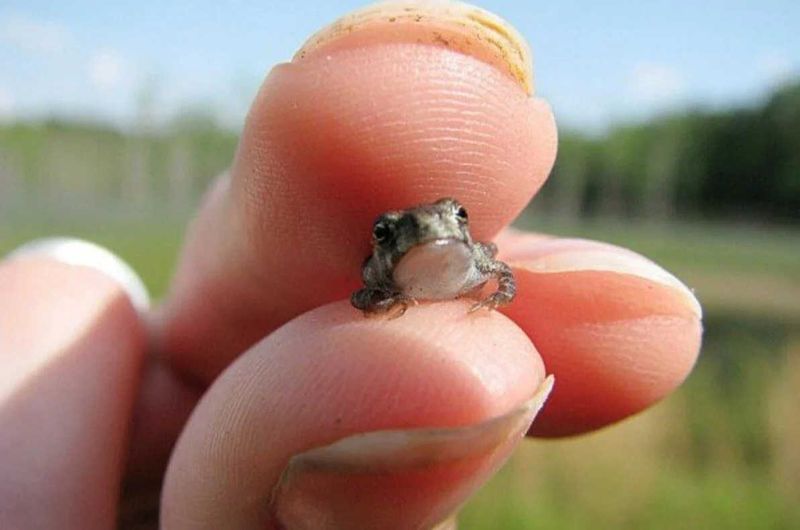
This tiny frog challenges long-held assumptions about minimum size requirements for vertebrate development. Its existence raises fascinating questions about evolutionary constraints and adaptations.
The discovery also emphasizes biodiversity’s importance in unexplored regions. Each new species, especially one breaking records, provides valuable puzzle pieces for understanding evolutionary processes and ecological relationships—reminding us how much remains undiscovered.
6. What Species Holds The Title Of The Smallest Vertebrate?
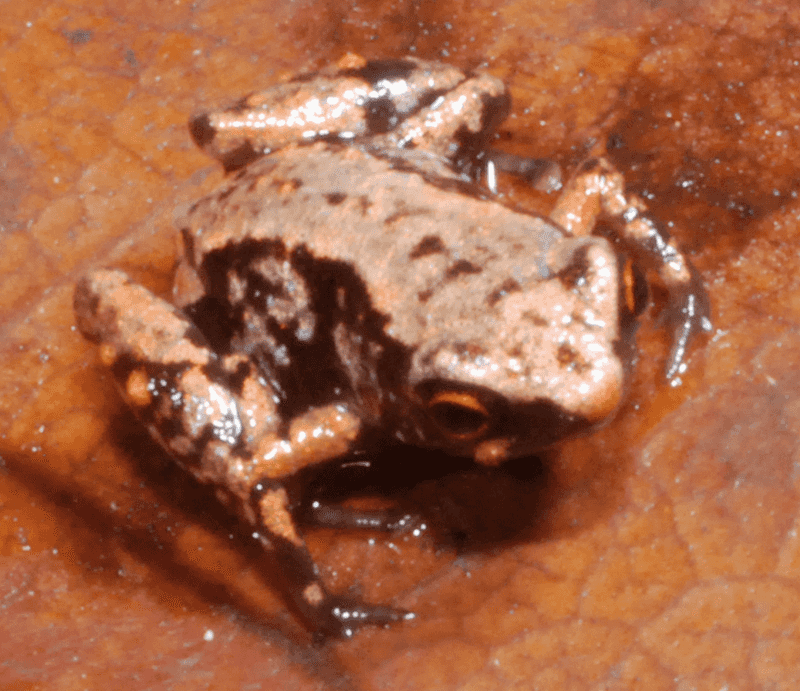
Paedophryne amauensis proudly wears the crown of world’s smallest vertebrate. This tiny amphibian belongs to the Microhylidae family, commonly known as narrow-mouthed frogs.
Classified within the order Anura (tailless amphibians), this little jumper represents extreme miniaturization in vertebrate evolution. Despite its diminutive size, it possesses all the complex systems—skeletal, nervous, digestive—that define vertebrate animals.
7. What Are Vertebrates And Why Are They Special?
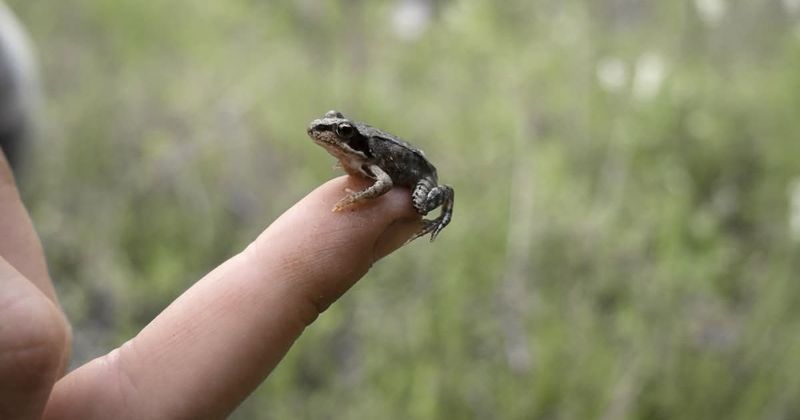
Vertebrates—animals with backbones—include mammals, birds, reptiles, amphibians, and fish. Their defining feature is a spinal column protecting the central nervous system.
What makes our tiny frog remarkable is how it maintains all complex vertebrate systems in such a miniature package! Having a backbone enables advanced movement, nervous system development, and complex behaviors that invertebrates typically lack.
8. How Does This Discovery Change Our Understanding Of Life?
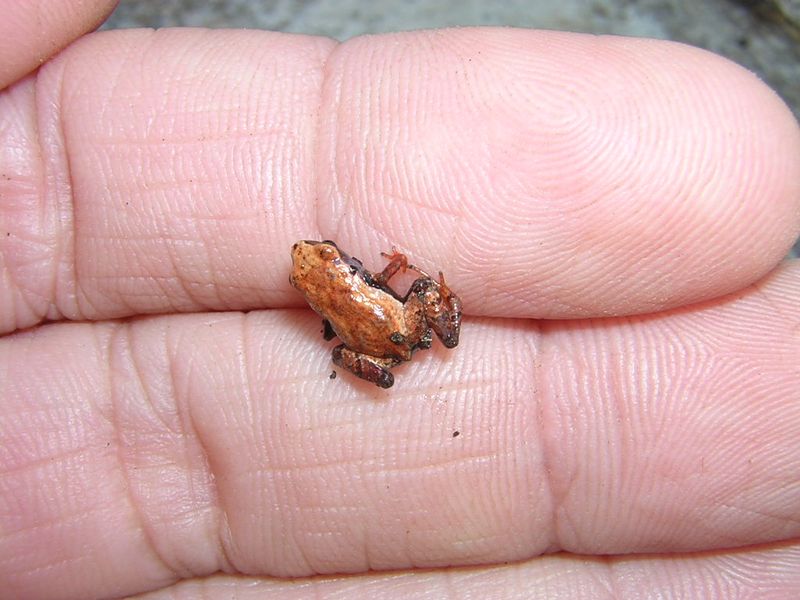
Before finding this frog, scientists believed vertebrates couldn’t function below certain size thresholds. The discovery smashed those assumptions!
It proves complex life can evolve at scales previously thought impossible. The frog’s miniature organs, especially its brain and sensory systems, function perfectly despite severe space constraints—revolutionizing our understanding of biological minimums and opening doors to new research directions.
9. The Habitat Of The World’s Smallest Vertebrate
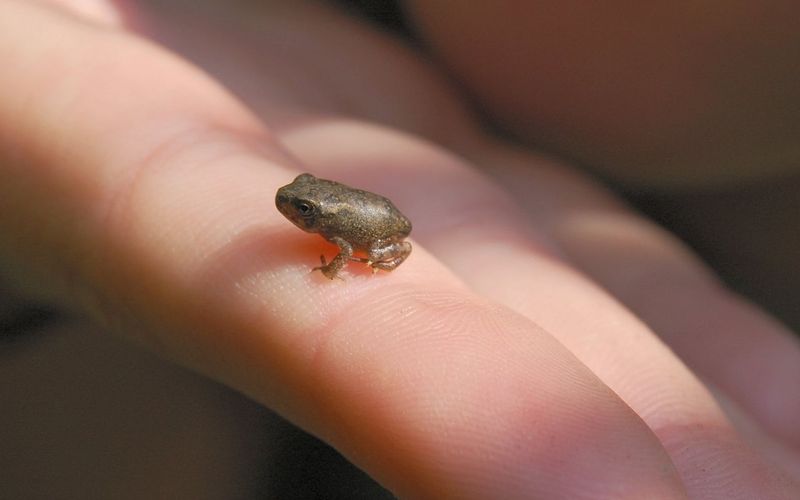
Paedophryne amauensis thrives in the moist leaf litter of Papua New Guinea’s mountainous rainforests. This microhabitat provides perfect humidity levels and abundant tiny prey.
The decomposing leaves offer camouflage from predators and create a specialized ecological niche. Interestingly, these frogs never develop a tadpole stage—they hatch as fully-formed miniature adults, an adaptation perfectly suited to their unique forest floor lifestyle.
10. What Does The Smallest Vertebrate Eat?

Despite its minuscule size, this tiny predator has a voracious appetite for mites, springtails, and other microscopic invertebrates that most larger animals ignore.
Its specialized tongue, proportionally powerful for its size, shoots out with remarkable precision to capture prey. The frog’s metabolism runs at an incredibly fast rate—it must eat frequently to sustain energy levels in its tiny, warm-blooded body.
11. The Evolutionary Significance Of The Smallest Vertebrate
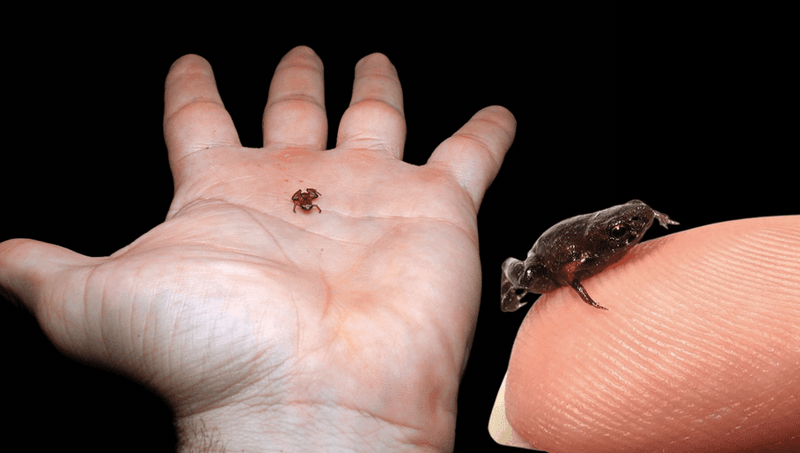
Extreme miniaturization in Paedophryne amauensis represents a fascinating evolutionary pathway called ‘paedomorphosis’—where juvenile traits are retained into adulthood.
This adaptation allowed the species to exploit abundant food resources too small for larger competitors. The frog’s direct development (skipping the tadpole stage) further demonstrates evolutionary innovation, suggesting multiple independent paths toward miniaturization have occurred in amphibian evolution.
12. How Does This Tiny Vertebrate Compare To Other Small Creatures?

While many insects and invertebrates are smaller than Paedophryne amauensis, it reigns supreme among vertebrates. The previous record-holder, a tiny Indonesian fish, exceeds our frog’s length by nearly a millimeter.
What truly astounds scientists is how this frog maintains complex vertebrate systems—brain, skeleton, organs—in a package smaller than many single-celled organisms! Unlike simpler invertebrates, it must coordinate sophisticated body systems within extreme space limitations.
13. The Challenges Of Studying Such A Tiny Creature
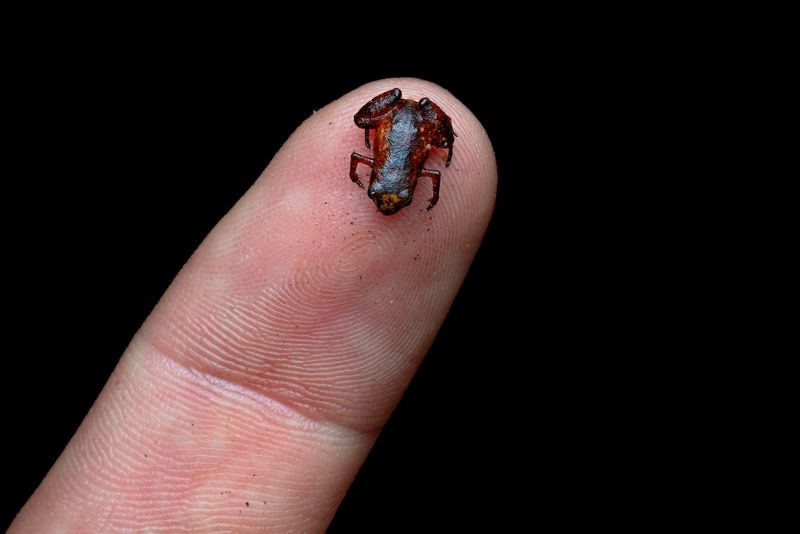
Researching these minuscule frogs presents extraordinary challenges. Their size makes traditional tracking methods impossible—scientists must rely on sound recordings to locate them in the wild.
Specialized microscopy techniques are required for anatomical studies. Blood samples? Nearly impossible to collect! The frogs’ rarity and remote habitat further complicate research efforts, requiring scientists to develop innovative approaches just to observe basic behaviors.
14. Could We Discover Even Smaller Vertebrates?

Many biologists believe we’re approaching the theoretical minimum size for vertebrates. The biological constraints—brain complexity, organ function, and metabolic requirements—suggest Paedophryne amauensis may represent the lower limit.
However, unexplored habitats in remote regions could still harbor surprises! Researchers particularly eye tropical leaf litter and specialized microhabitats as potential homes for undiscovered miniature vertebrates that might challenge current records.
15. The Future Of Research On The Smallest Vertebrate

Ongoing research aims to understand how this frog’s miniaturized organs function efficiently despite size constraints. Scientists are particularly interested in its neurological development and sensory adaptations.
Conservation efforts focus on protecting its fragile habitat from deforestation and climate change. Advanced genomic studies may reveal genetic mechanisms behind extreme miniaturization—potentially offering insights applicable to medical research and bioengineering.


